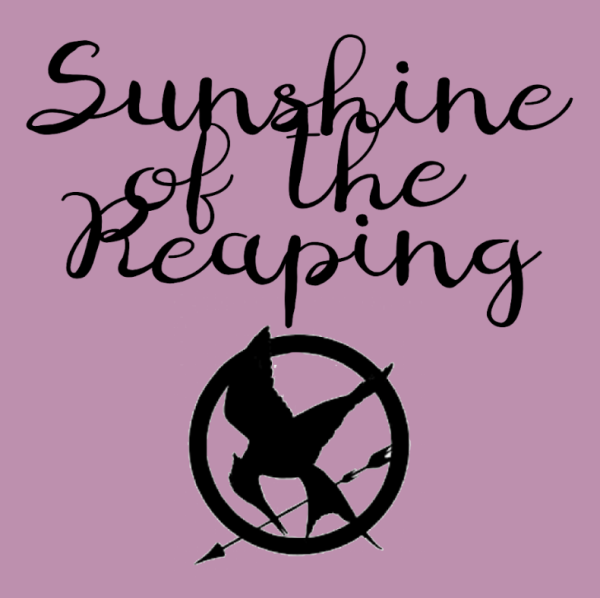The Fascinating Medieval History of The Vampire
The vampire has sucked dry any competition for its spot in pop culture throughout time. Different interpretations have graced the world’s theaters and our minds within books; with all these different versions, it is fascinating to think about where it all started. Does anyone really know where the original folklore of the vampire comes from?
The earliest tale of the blood-sucking creature dates back to the Medieval Ages in what is present-day Romania. Prince Vlad III Dracuela, or “Dracula”, derives from the Romanian term “son of Dracul.” Dracul was his father’s name, meaning “dragon.” Vlad’s father was a member of The Order of the Dragon, a secret operation dedicated to preserving Christianity. But Vlad received attention because of the brutality he used to enforce military power. He was nicknamed “Vlad The Impaler” (the name is pretty self-explanatory). But he began to use tactics so vicious that the world was shocked at the cruelty he inflicted. These rituals prompted lore to spread throughout the country, eventually leading people to believe that he was maybe something otherworldly. An illustration of Vlad eating a meal next to a pile of impaled victims established the idea that he also consumed the dead. From this, the legend of Dracula was born.
Every culture has its version of the vampire, and as time passes, more and more adaptations of the monster have emerged. At first, they were frightening. For example, the German take on the legend, Nosferatu, was the first horror movie ever made. It detailed a vampire hiring a man to work for him and inviting his wife into his home, and when he reveals his true nature, the race for the couple to escape begins.
But as Hollywood progressed, more glamorized characters were born. This is true for writing as well. For example, Anne Rice’s Interview With A Vampire and Bram Stoker’s Dracula (whose inspiration derives from Vlad The Impaler) portray their undead leading men longing and searching for something more. And both books were adapted into films in the 90s.
The vampire was reintroduced to teenagers in the 80s with the release of the 1987 film, The Lost Boys. The tale includes a small family moving to the lovely town of Santa Ana, which is the murder capital of the world! It’s there that the oldest son, Michael, gets mixed up with a group of young motorcycling, bridge climbing, worm tricking vampires. He falls in love with Star, the young female half-vampire of the group, and with the help of his younger brother and his comic book friends, they defeat the head vampire and all of his minions.
Thus the explosion of vampire love commenced. Gone were the old days of coffin dwelling and murderous vamps, to be replaced with the pining, sensitive love interest, working hard for their human half. The Twilight series is living proof of how captivated younger generations are with these undead creatures.
To this day, the vampire still entices people. They are dangerous and tease death with every breath. I believe people are drawn to that feeling just as they are drawn to horror movies in general. And who doesn’t want to stay young forever? When one is a vampire, aging is out of the question. There is also an amount of free will vampires inspire; I believe they are independent and strong; this is something some will never achieve in their lives.
The vampire will never fade in history, just as the devil has never disappeared, and the creature will forever strike fear and excitement throughout the world.

Hi! My name is Kennedy, this is my second year in Journalism and I am happy to be here. Music still means the world to me, I can't go a day without it....






